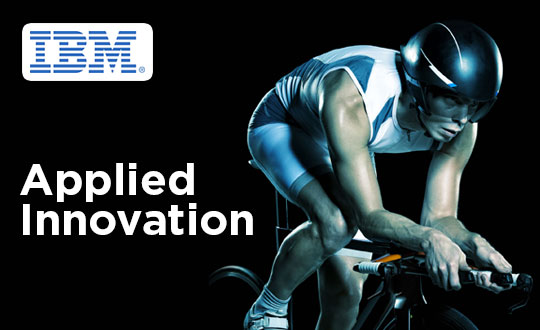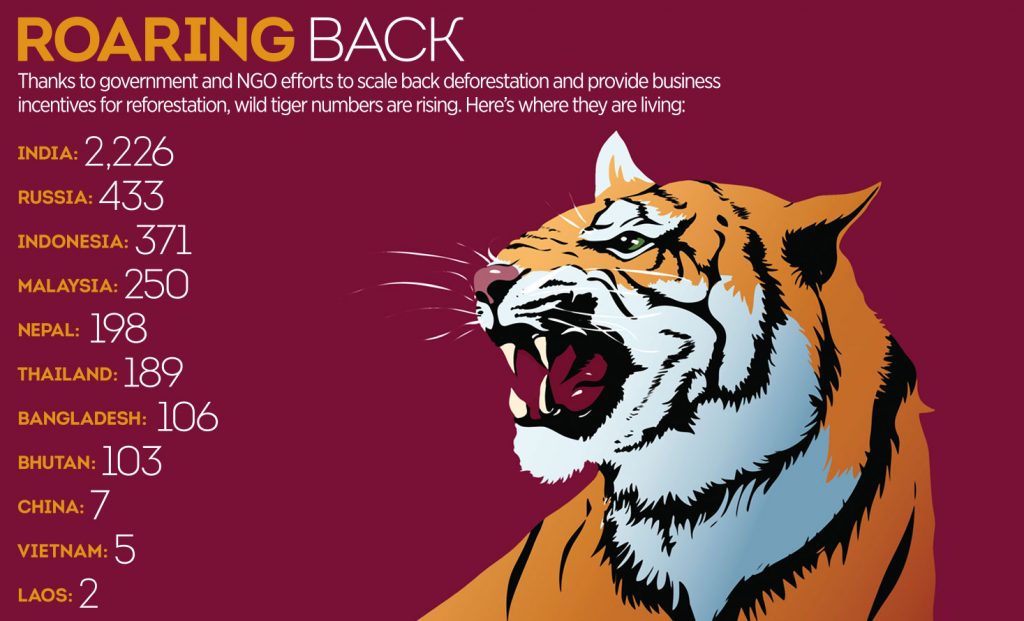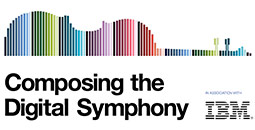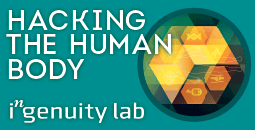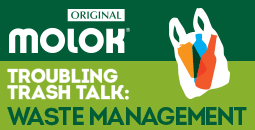The new green world north of Stockholm
With its harsh winters, Sweden has long been a model for energy-saving technologies. But now the little-known and remote far north of the country is leading the way in exporting its nation’s green-tinged intellectual property
With its harsh winters, Sweden has long been a model for energy-saving technologies. But now the little-known and remote far north of the country is leading the way in exporting its nation's green-tinged intellectual property
Every year Sweden attracts some 300,000 environmentally astute people – scientists, manufacturers, industrial designers, politicians and the merely interested. They all come to study why this nation of just over nine million people is in the forefront of planet-protecting solutions in living, transport, waste-recycling and power generation among numerous other sectors.
Ever since the early nineties, the nation has run an aggressive campaign to reduce the damage caused by climate change, and its adoption of green technologies is considered exemplary. Among other things Sweden can claim one of the largest ethanol-powered bus fleets in the world. It’s a world-leader in the conversion of waste into power – dozens of municipalities now produce biogas from sewage. And rather than wringing their hands over pollution from road vehicles, successive governments have set an example to ordinary motorists by mandating that nearly all publicly-owned vehicles are “flexible-fuelled” and insisting that petrol stations offer at least one type of biofuel.
Oil-free offices
However, too few of this army of environmentally astute visitors venture past the capital of Stockholm. Big mistake, insists Lars Ling, chief executive of CleanTech Region, the representative company for green technology further north of the capital – in fact, much further north. Ling’s brief is to develop the sustainable technology for the area known as Mid Sweden, which is roughly 350km further north of Stockholm.
Although southern Sweden gets most of the plaudits for its environmentally friendly policies, Mid Sweden – or Norrland – has long considered itself to the uncrowned leader of green technology in the nation. The region has an abundance of renewable materials – wind, water and forest – and its inhabitants have generations of experience in learning how to exploit them, but without destroying the hand that feeds.
How many council offices in cold climates around the world, for instance, are able to stay warm and cosy without using a drop of oil, as do many in Norrland? And how many hospitals employ a home∞developed, third∞generation solar heating system to deliver electricity, hot water and air∞conditioning? A breakthrough in sun∞using technology, the roof∞mounted system absorbs sunlight through high∞tech panels and then concentrates it into high∞powered, sustainable energy. And this in a nation not exactly famous for its days of sunshine.
Thus, although little-known to the wider world, the region boasts environmentally advanced intellectual knowledge that is only now becoming recognised as vital for today’s world of dwindling natural resources.
In Mid Sweden are found world-leading companies in energy efficiency, bioenergy, renewables, transportation, recycling and waste, air and environment, materials and manufacturing. Giant projects are in the pipeline such as the ¤1.73bn joint venture between package and paper company Svenska Cellulosa Aktiebolaget and Norwegian power company Statkraft. The scheme will create a 400-turbine wind farm in the Jämtland and Västernoorland counties that eventually delivers between two or three percent of the entire nation’s electricity production.
Sweden’s Silicon Valley
The cluster principle lies behind CleanTech Region’s ambitions. Based on a congregation of like-minded companies operating in the same sector, similar to California’s Silicon Valley, Norrland is home to a surprising array of commercial talent that has been decades in the making.
Officially, CleanTech Region was only launched in 2008. However, it is already exploring a range of significant projects particularly in newer member countries of the EU such as Estonia, Poland and Czech Republic. Like many former eastern bloc nations, they lag longer-standing EU members in environmentally compatible infrastructure and are spending heavily, often with EU financial assistance, to get up to speed as fast as they can.
Just one example can be found in the town of Valga, southern Estonia, where engineers, architects, tradesmen, suppliers and members of the public will soon be able to view an eco house showcasing the CleanTech Region’s green knowledge. If the house, which offers huge improvements in terms of energy-saving and other costs over existing stock, is deemed to meet the region’s requirements, it will lead to the construction of a house-building plant in the town. Thus Valga would be the first major beneficiary of Mid Sweden’s push into the wider world. Feasability studies are in progress for the plant which would deliver pre-fabricated, energy-efficient houses.
For Norrland this would represent a landmark – the first major offshore sale of the know-how that has so far been mainly confined within its own borders.
Even better, discussions have reportedly been positive for the construction of a power and heating plant in the town of Pilzen in the Czech Republic. Although perhaps better known for its Pilsener beer, Pilzen is the fourth-most populous city in the country and the project will mark another step forward for Norrland’s latent expertise. Crucible for this project is the knowledge gained from the power and heating station at Korstaverken in the Sundsvall region of Norrland. Europe’s most modern plant of its kind, the plant produces both heat and electricity entirely out of waste products. As such, it is seen as a model for the former eastern bloc countries.
Cool snow
CleanTech Region is the brainchild of the councils of two provinces – Jämtland and Västernoorland. In a practical example of local government assisting private enterprise, the municipalities have combined to support the global expansion of the region’s hitherto under- rated intellectual property. CleanTech Region not only involves the commercial community but taps the ground-breaking research conducted at Mid Sweden University, a nursery for industrial designers, engineers, scientists and green-minded entrepreneurs.
Practical as the research is, much of it is only now filtering through to the wider commercial world. Heard of snow-cooling? Simple in concept, it’s a technology that utilises the stuff that has for centuries been left to melt away. Basically, snow-cooling science saves snow for another, warmer day. The winter snow is stored, generally in ponds or underground, and recycled in the warmer months for, among other uses, freezers. Electricity savings of up to 95 percent can be achieved by snow-cooling. Even dirty city snow can be turned to good use in this way.
Backed by his region’s long-established and fast-developing technology, Lars Ling has embarked on a global mission to spread the gospel and Norrland’s ability to make it happen. Yet CleanTech is a highly commercial proposition based on a two-way transfer of technology. It aims to build up a global basket of partnerships that will develop a powerhouse of shared green technology that, the chief executive expects, will underpin the roll∞out of planet∞friendly infrastructure.
That’s why he has recently undertaken a tour of international cities to float the concept and to seek participating interests. Among the cities visited were Singapore, China, Tokyo, Sao Paulo and five US cities. He reports considerable interest in what Norrland has to offer.
A house is more than a house
Although he’s a visionary for sustainable solutions who predicts a “paradigm shift from the old industrial economy to the new economy,” Ling bases his vision on hard numbers. To provide houses for the predicted increase in global population, he points out that it will require the construction of 350,000 new homes every single day. If those homes waste energy or are built with non∞renewable materials or pollute the environment with their waste, the results will be catastrophic. “We have to change. It’s inevitable,” he warns. “We cannot keep using up the planet like this.”
When Ling describes one of the EcoCycle houses developed within the CleanTeach region, it does indeed sound like a vision. “A house is not just a house,” he says. “It’s much more. It must meet many practical requirements such as good ventilation and heating, non- polluting flows of grey water and human waste. It must have a long life of at least 50 years. It must be good to live in. It must fulfil an economic function. And it must have a longer life cycle than its materials – every single item down to the last nut and bolt should be recyclable.”
And as he adds for good measure, a house embodies a broad range of expertise from architecture and engineering to plumbing and information technology. By his reckoning, an EcoCycle house is the sum total of between 50-70 different forms of intellectual property. And while many countries – even cold-climate ones – continue to throw up energy-wasteful houses by the millions every year, Sweden proved long ago that green houses make economic sense.
For instance, explains Ling, although a one-level, three-bedroom family home will cost about 10-15 percent more to build than a conventional one, the saving in running costs is substantial and instant. In normal circumstances home∞owners should recoup the extra capital outlay within the first ten years, if not before. Thereafter it’s all profit.
Rather than just talk about the virtues of environmentally responsible houses, Norrland has shown how it can be done. In mid-2009, interested parties including skiers have been able to see the real thing in the high mountains of Duved where an EcoCycle home redefines the word “green”. Based on a high-tech foundation, it’s a wooden house boasting cellulose insulation, heat pellets that are powered by solar collectors, dry separating toilets and filtration of grey water.
In principle, CleanTech has the backing of president Obama who has budgeted billions of dollars for so-called “smart grid” housing that achieves considerable savings in its consumption of energy and power through the electronic monitoring of its heating and other operating systems. Like Lars Ling, the American president’s advisers believe that the economy of the new paradigm will see many more people working from home and as a result demanding much greater efficiencies from their real estate.
A heritage of know-how
In exporting Swedish manufacturing technology and intellectual know-how, CleanTech Region is treading a well-worn path. The country boasts several global brands as varied as car maker Volvo (although now sold to China), truck manufacturer Scania and Skype, the internet-based phone service. And mobile phone producer Ericsson, as Ling reminds us, sold its first telephone equipment to Colombia well over a century ago.
In Sweden, sustainability has a long heritage. Out of necessity Sweden was one of the first countries in the world to develop solutions that were environmentally kindly. “Sweden has cleaned up its poisoned earth,” explains Ling. “We had a lot of heavy industry like forestry and metals, especially aluminium. We had to change, and that change dates from the fifties and sixties, especially in forestry.”
Sweden has indeed undergone a transformation in ecological attitudes. Measured per million of the population, Sweden today boasts more companies that are certified environmentally friendly than any other nation, in fact nearly twice as many as second-placed Spain. Furthermore about 5000 Swedish companies meet the stringent ISO 14001 standards. Companies in the ecological forefront include such industrial giants as Akzo Nobel which produces biodegradable paint for sea-going freighters.
Industry’s clean-up of its environmental damage has spilled over into everyday life, in part because of the climate. “Our very cold winters triggered the development of green houses and buildings,” recalls Ling. “That experience has proved extremely valuable for us.” Just one result is that there are architects in the region with 40 years experience in the design of green buildings.
For a company barely 18 months old, CleanTech has quickly gotten into its stride. Lars Ling is quietly confident that his recent world tour will produce developments that should serve to provide a showcase for a technology that harnesses, but not abuses, the power of wind, water and forest.
Further information: www.cleantechregion.com


